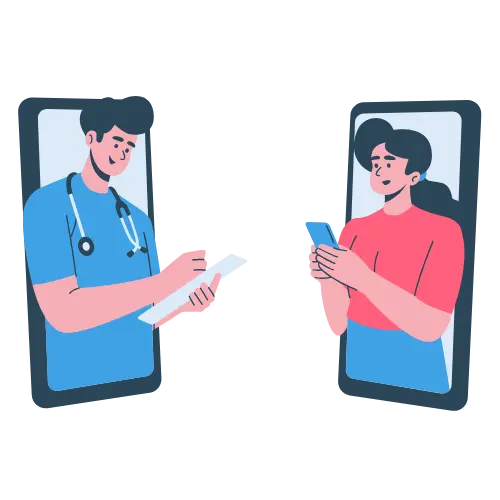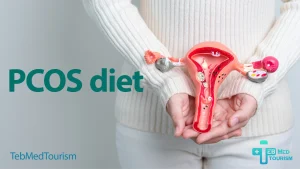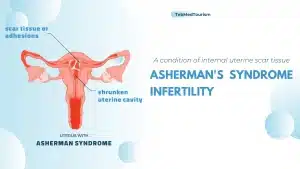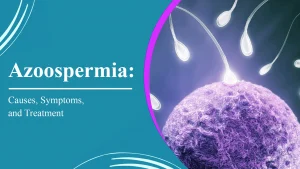The need for a rapid, noninvasive method for hair removal has led to the development of various light sources for hair removal. These include ruby, alexandrite, diode, and Nd: YAG lasers and intense pulsed light sources. These devices target either an endogenous chromophore (eg, melanin) or an exogenous chromophore (eg, carbon suspension, a photosensitizer, exogenous dye). This article discusses the basic principles of laser hair removal, examines the attributes of specific laser systems, and focuses on patient selection and treatment protocols for the various systems designed to ensure safe and effective treatment. Hair Removal Lase
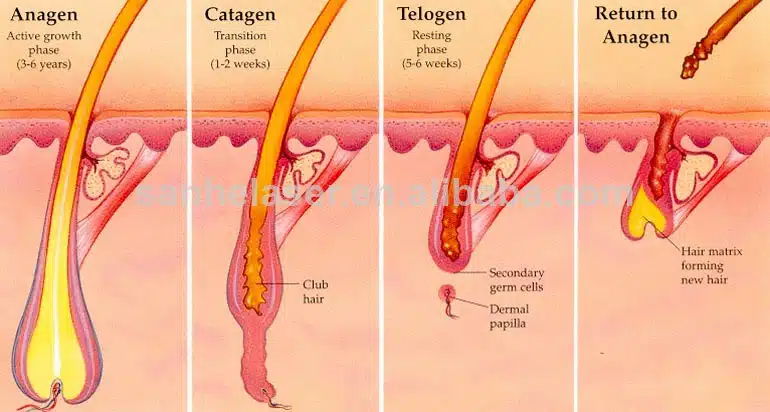
Mechanisms for hair removal with light
Light can destroy hair follicles by thermal (due to local heating), mechanical (due to shock waves or violent cavitation), or photochemical (due to a generation of toxic mediators like singlet oxygen or free radicals) mechanisms. Hair removal has been attempted using each of these 3 means. Hair Removal Laser


Anesthesia
Although less sensitive areas (eg, back, legs, arms) can frequently be treated without anesthesia, a topical anesthetic cream is generally used in more sensitive areas. When treating the upper lip, local or regional anesthesia with intralesional lidocaine may be required.
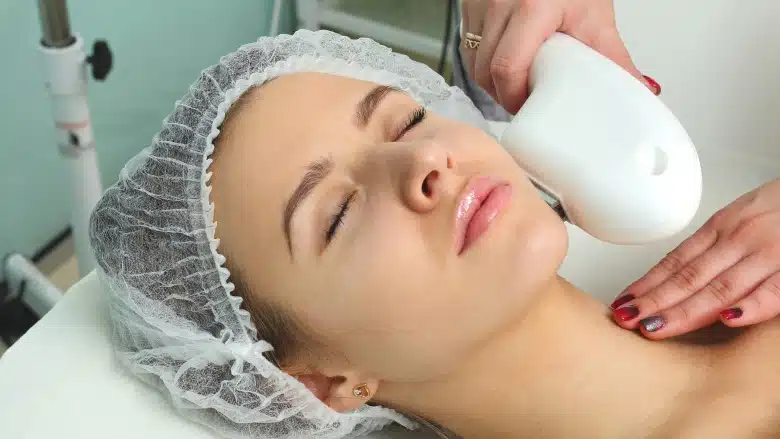
Preoperative care
Preoperative considerations are as follows:
- Presence of conditions that may cause hypertrichosis: These may include hormonal, familial, drug-related, or tumor-related conditions.
- History of herpes simplex, especially perioral (for facial treatment)
- History of herpes genitalis (for public or inguinal treatment)
- History of keloids or hypertrophic scarring
- History of previous treatment modalities: Methods (eg, shaving, waxing, tweezing, depilatory creams, electrolysis, lasers), frequency, last treatment session, and response all should be considered.
- Present medications, eg, isotretinoin (Accutane) intake in the previous 6-12 months
- Hair Removal Laser
Preoperative care 6 weeks before laser treatment is as follows:
- Sunscreen: A broad-spectrum sunscreen is recommended, and sun avoidance must be practiced if hair removal is planned in exposed sites.
- Bleaching cream: A bleaching cream may be prescribed to patients with darker skin types or a recent suntan.
- Plucking, waxing, or electrolysis: The patient should avoid these activities. Research has shown greater hair loss at shaved versus epilated sites, suggesting that light absorption by the pigmented hair shaft itself plays an important role.
- Shaving and depilatory creams: These may be used up to the day before laser treatment. The patient is instructed to shave the area to be treated; however, the area must not be irritated. If the patient is uncomfortable with the idea of shaving the area, a depilatory cream can be used instead.
- Antivirals: The patient should start prophylactic antiviral medications (eg, acyclovir, valacyclovir, famciclovir) when indicated.
- Antibiotics: The patient should start oral antibiotics when indicated (eg, nasal, perianal skin).
- Hair Removal Laser
Day of treatment and technique
Day of treatment concerns are as follows:
- Cleansing and makeup: The area to be treated should be clean and free of makeup or powder.
- Preprocedure anesthesia: If desired, a thick layer of a topical anesthetic cream (eg, Emla, ELA-Max, Topicaine) can be applied under occlusion (plastic wrap) for 30 minutes to 2 hours before the scheduled laser treatment.
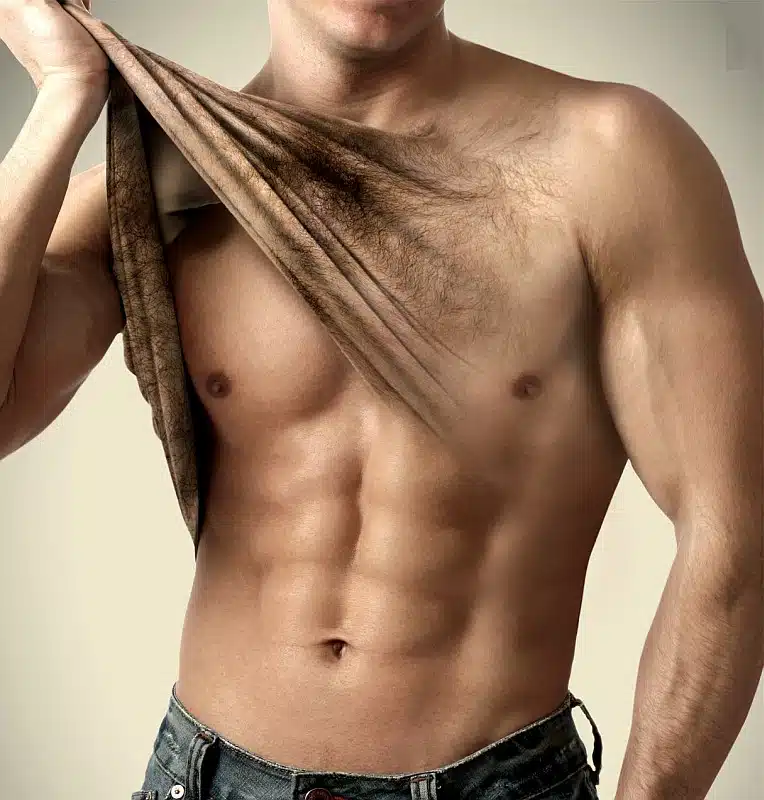
The procedure for hair removal using all of the devices described above can be summarized as follows:
- Skin preparation: Remove all anesthetic cream, makeup, or other skin creams or powders.
- Apply anesthesia, if needed, as described above in the Anesthesia section.
- Visibility: A treatment grid can be applied in order to provide the operator with an outline of the area to be irradiated. A grid may be manually drawn using a white make-up pencil or a yellow fluorescent highlighter. Dark markers or ink should be avoided in delineating treatment grids since darker colors may interfere with the device optics. In the absence of a grid, careful attention must be given to prevent double laser pulsing and missing areas. Visibility can also be increased by a polarized headlamp with a magnifying loupe (Seymour light).
- Treatment fluence: The ideal treatment parameters must be individualized for each patient; test sites can be placed at inconspicuous regions of the area to be treated. The fluence is carefully increased while observing the skin for signs of acute epidermal injury, such as whitening, blistering, ablation, or the Nikolsky sign (forced epidermal separation). In general, the treatment fluence should be at 75% of the Nikolsky threshold fluence.
- Technique: Nonoverlapping or minimally overlapping laser pulses are delivered with predetermined spot size. The largest spot size and the highest tolerable fluence should be used in order to obtain the best results.
Cooling of the epidermis is as follows:
- Cooling gel: If the device is not equipped with a cooling device, a thick layer of cooled clear gel is applied before delivery of the laser pulses.
- Dynamic cooling: Some systems are equipped with a dynamic cooling device that delivers short bursts of cryogen (5-80 milliseconds) on the skin surface automatically prior to delivery of the laser pulse.
- Contact cooling: Some systems use a sapphire-cooled handpiece that is placed in direct contact with the skin. Prior to pulse delivery, the handpiece is pressed firmly against the skin. After delivery, the handpiece is picked up and placed firmly on an adjacent site, until the entire area is covered. The sapphire cooling tip should be wiped clean every 5-10 pulses to remove debris. Between patients, disinfection of the handpiece with a disinfectant solution is mandatory.
- Cold airflow: Some systems use a cooling handpiece that allows a continuous flow of chilled air to the treatment area.
Immediate postoperative changes are as follows:
- Vaporization of hair shaft: The ideal immediate response of treated skin is vaporization of the hair shaft with no other apparent effect.
- Edema and erythema: After a few minutes, perifollicular edema and erythema should be evident.
- Intensity and duration of changes: The intensity and duration of these tissue changes depend on the hair color and density. The fluence should be reduced if signs of epidermal damage develop.
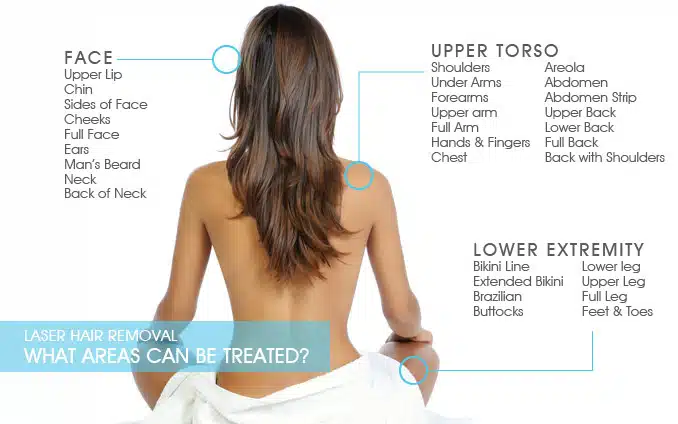
Postoperative care
Ice packs reduce postoperative pain and minimize swelling. Analgesics are not usually required unless extensive areas are treated. Prophylactic courses of antibiotics or antivirals should be completed. Topical antibiotic ointment application twice daily is indicated if the epidermal injury has occurred. Potent topical steroid creams such as clobetasol or fluocinonide may be prescribed for 1-2 days to reduce immediate swelling and erythema.
Treatment interval/subsequent treatments
Research has shown that laser hair removal requires the presence of a pigmented hair shaft. Therefore, retreatment can be performed as soon as regrowth appears. Regrowth is based on the natural cycle, which varies by anatomic location, but the average time is 6-8 weeks. Additional research regarding hair regrowth rates and hair cycles is currently being conducted. Expectations and goals can be very different for each patient (eg, temporary vs permanent, partial vs complete hair removal). All responses are clinically significant and may be separately desirable to different patients. Growth delay that provides a few months of hairless skin is far more reliable. All laser systems have been shown to temporarily reduce hair growth.
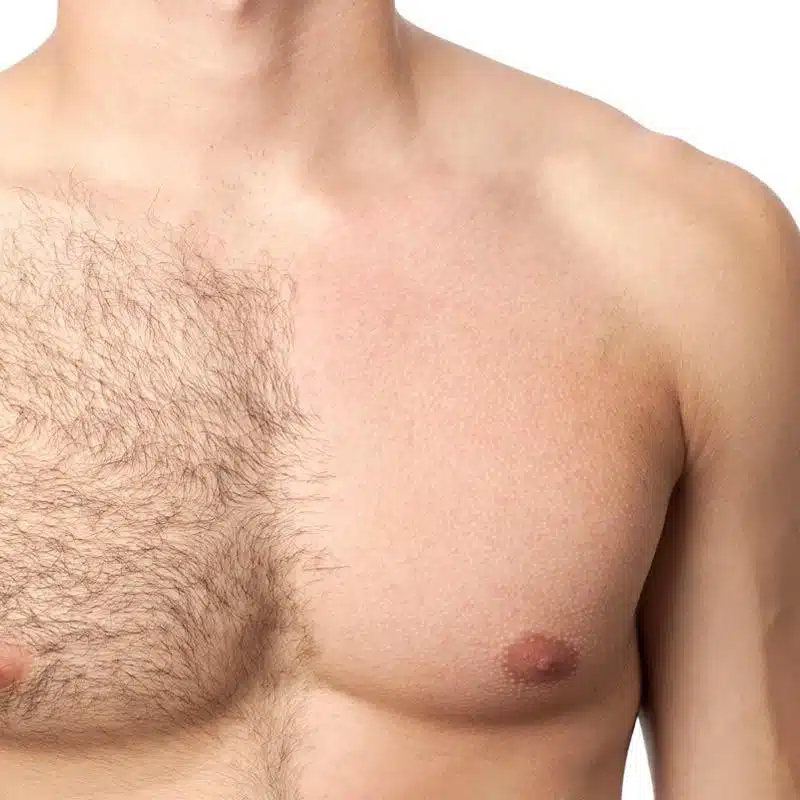
Hair removal laser in Iran
If you’re not happy with shaving, tweezing, or waxing to remove unwanted hair, laser hair removal may be an option worth considering. Laser hair removal is one of the most commonly done cosmetic procedures in the U.S. It beams highly concentrated light into hair follicles. Pigment in the follicles absorbs the light. That destroys the hair. TebMedTourism provides you the best quality of treatments with a highly experienced specialist to achieve appropriate conclusion in equipped clinics in Tehran, Iran.

